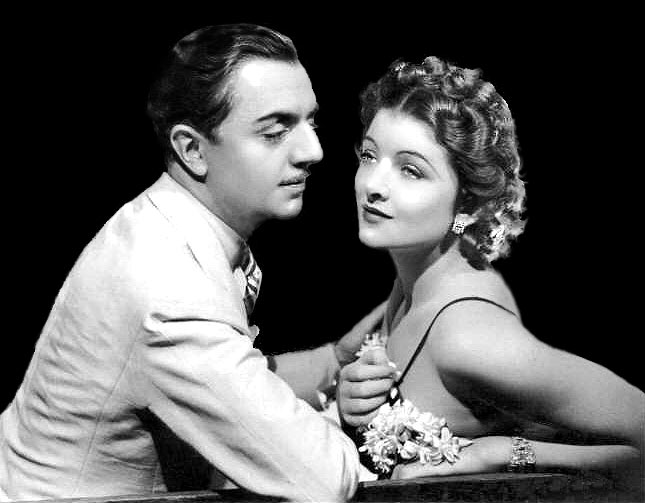I watched this movie while visiting my family over the holidays. When it started, my mother immediately complained because it wasn’t the 1949 version of the book she loved so much with Elizabeth Taylor. I told her that seeing as how Elizabeth was only a year old in 1933, you could hardly expect America to wait 16 more years for her to come of age, before seeing their most beloved children’s book come to life in “the talkies.”
It would be easy to call the movie dated, but I think the biggest problem is Katharine Hepburn’s scenery chewing histrionics. I’m a Hepburn fan, but she definitely improved with age. Maybe she never learned to stop shrieking in staccato, but at least she reduced the self-aware posing, over time. Of course, the character she played, Jo March, was melodramatic, but I think she was also organic. That’s what made her unique. Jo didn’t engage in the affected modesty and prim sensibilities that women of her era commonly practiced. She ran, she fought, she yelled. She followed her spontaneous heart, for better or worse. She was called a “tom boy” but the truth is she was just exuberant and real, in a way that women of her time were not allowed to be. When I think of Jo, I think of what all of us might be in our natural state, before society imposes constraints. Hepburn's approach to the character was unnatural. Indeed, in her own way, she was more pretentious than her famously vain little sister Amy.
That was another problem, Joan Bennett’s Amy was not nearly as shallow and selfish as the character in the book. This gave her less room to grow, to arc as a character and less conflict with Jo. Their friction was at the heart of Little Women, so removing most of it was a huge plot mistake. We lost the angst of Amy destroying Jo’s precious manuscript. In this version, Amy was infatuated with pretty things, but she wasn’t vengeful and wildly impulsive. No vehemence surfaced between the sisters. We didn’t grapple with love/hate feelings for the youngest March. Amy was watered down and no polar match for Hepburn’s extreme Jo. Without a fiery, frivolous Amy, everything that happens to Jo in contrast (cutting her hair, for example) is minimized.
Of course, this results in the eventual rapprochement between Amy, Laurie and Jo being less effective. Their estrangement is not as deep. Consequently, we feel less emotion and joy when it’s healed. Laurie is quite passionate in reacting to Jo’s rejection, but he is a peripheral character and his path is not our focus, Jo’s is. She is more torn that Aunt March is taking Amy to Europe than she is about Laurie and Amy.
If Amy was less interesting, then Meg and Beth were almost invisible. At one point, when Beth rose from her deathbed, I turned to my mother disappointed and exclaimed, “You mean she doesn’t die in this one?” Mom answered, “I think she dies. She’s just taking her time.” That she did, making the book’s most heart-wrenching passage rather anti-climatic. In fact, I laughed rather than cried. When Jo, ensconced in the Plumfield Estate School with Professor Friedrich, learns that Beth’s death is imminent, she sends her a letter which is so poetic about life’s end that it’s almost as if she’s hoping her sister kicks the bucket a bit faster. Believe me, it’s a missive that no ailing recipient would welcome.
I did find the movie evocative when Jo is at home, on vacation from school, and sees her sisters married off and happy. She doesn’t begrudge them contentment, but she does feel alone, unpartnered. She and Laurie were once soulmates. Now, having outgrown the play she shared with him, with whom can she share her unconventional spark now? Are the traits that make her special destined to be the traits that make her lonely? Of course, Professor Friedrich soon knocks on her door, answering that question with an resounding “No.” Still, as Jo lounged in her old haven, secluded amid the bustle of family, it was a quiet, wistful moment that I enjoyed.
In all, the movie seemed more focused on silly action than interaction. So, we get prolonged scenes of sword play between Laurie and Jo, awkwardly interrupted by the entrance of Grandpa Laurence or visit the amateur play the sisters put on well after it becomes tedious. In all George Cukor was more interested in recreating scenes from the book than telling its full story.
Still, it was charming to watch if for no other reason than to compare it to the original and all the retellings that have come since. Plus, even a bad Katharine Hepburn performance is still delightful in its own way.
Friday, January 23, 2015
Subscribe to:
Posts (Atom)
